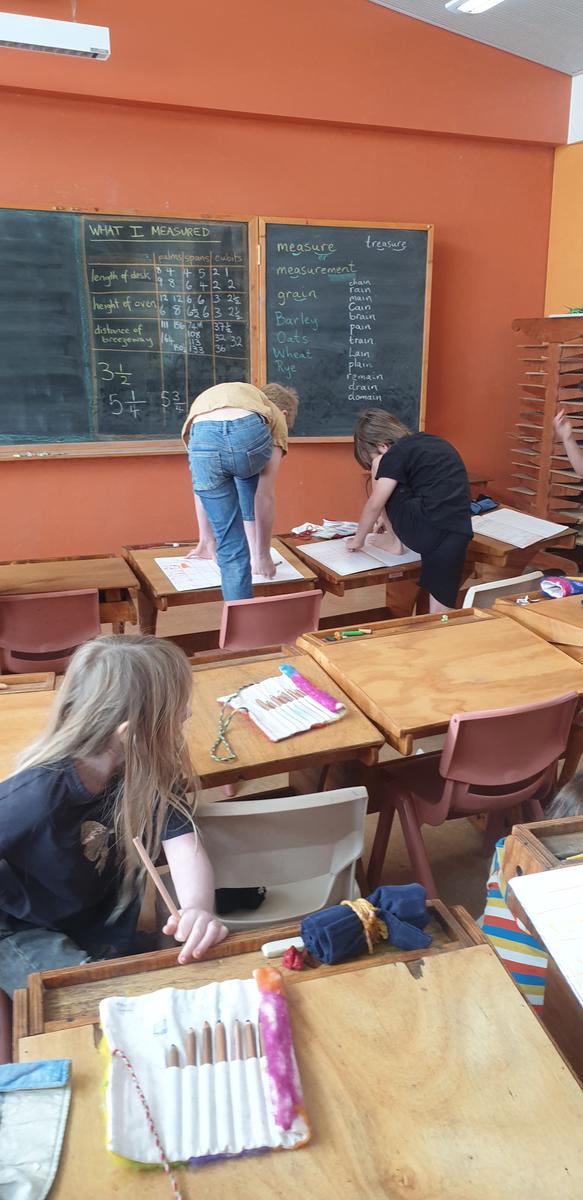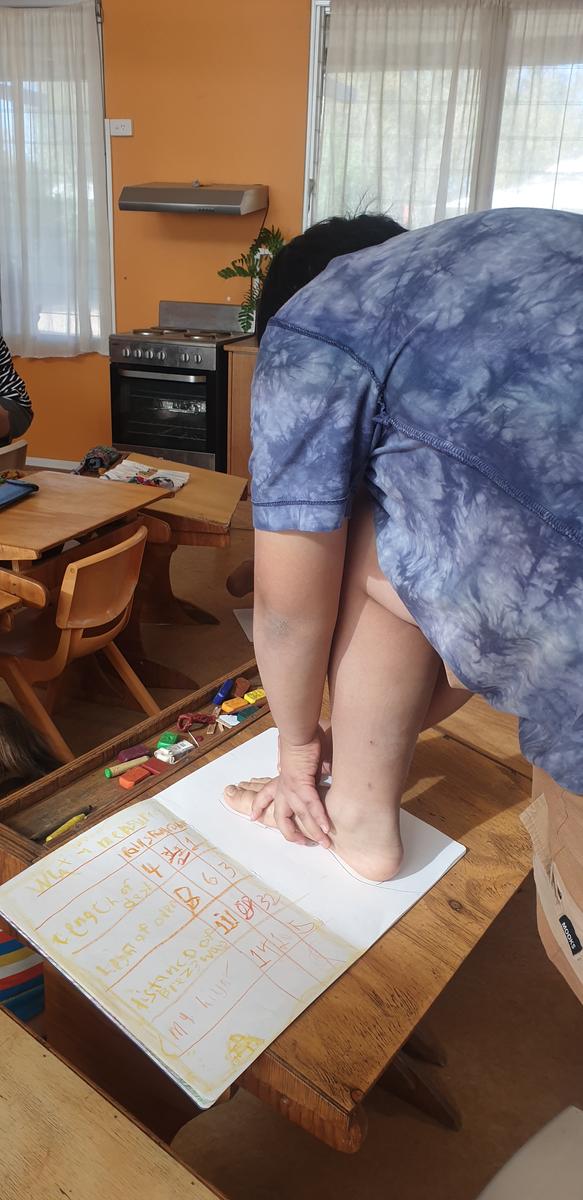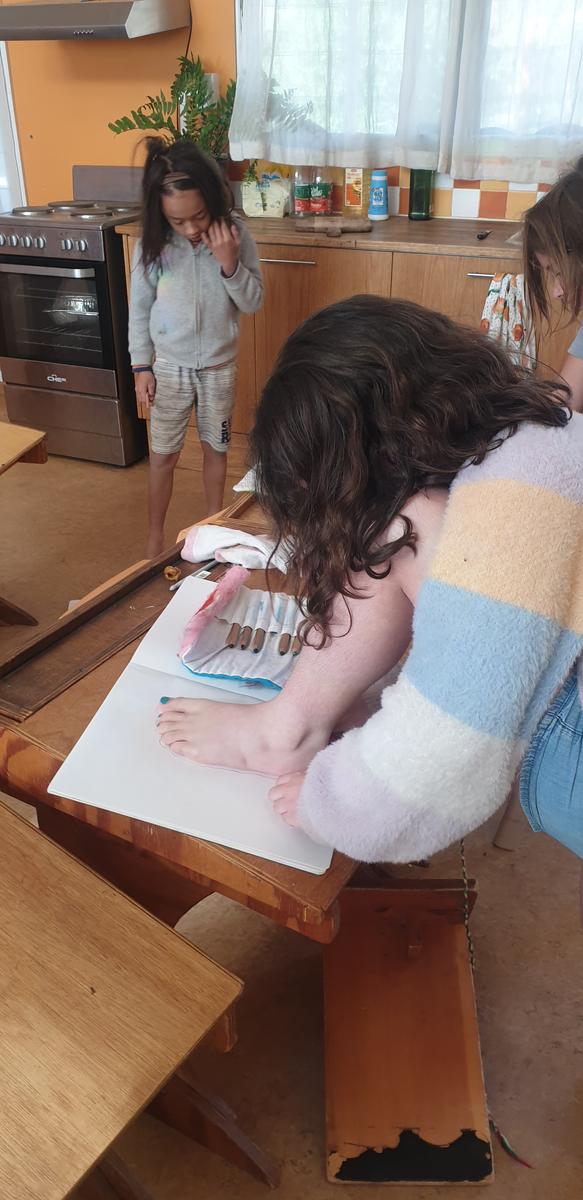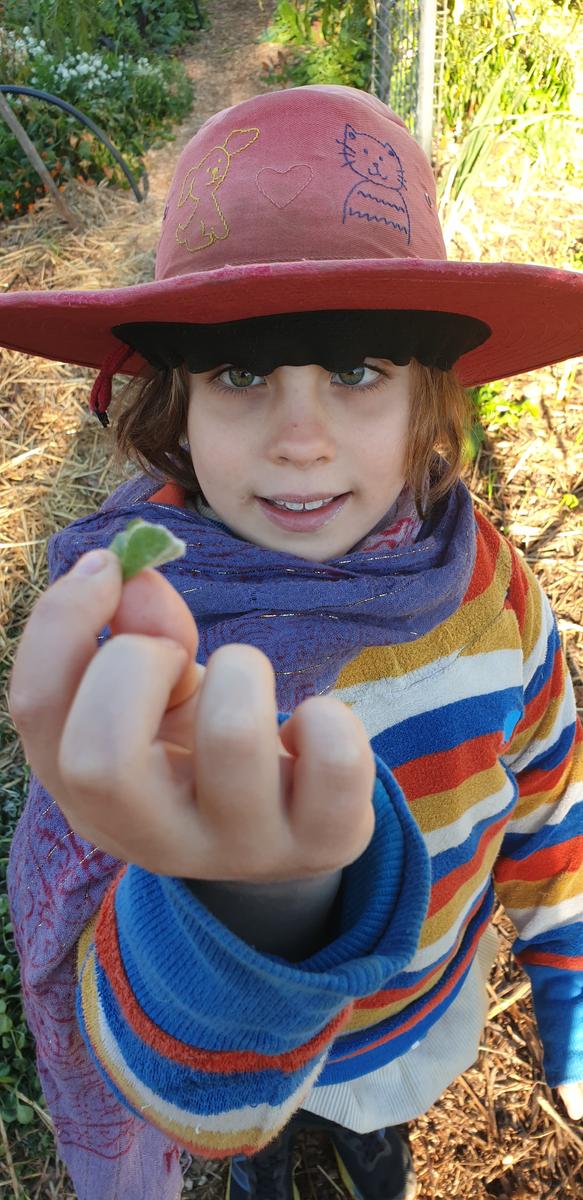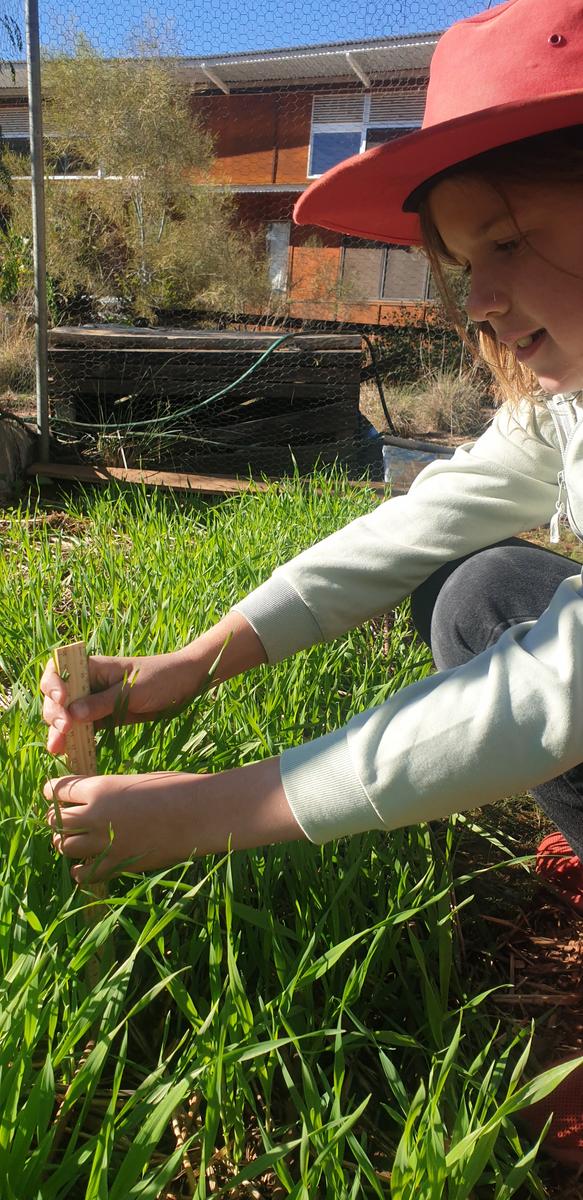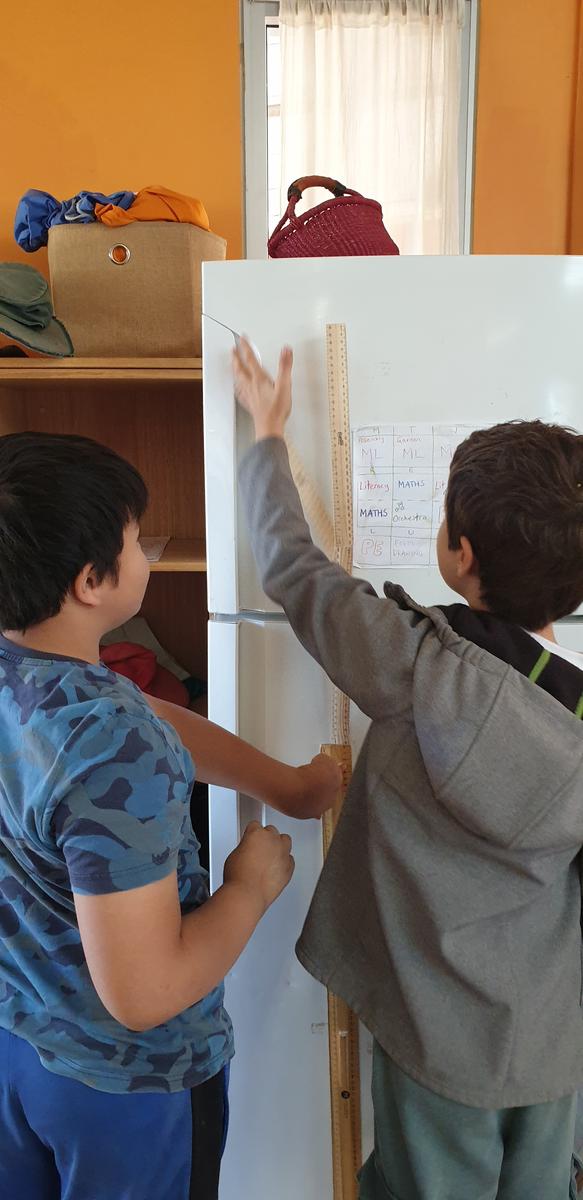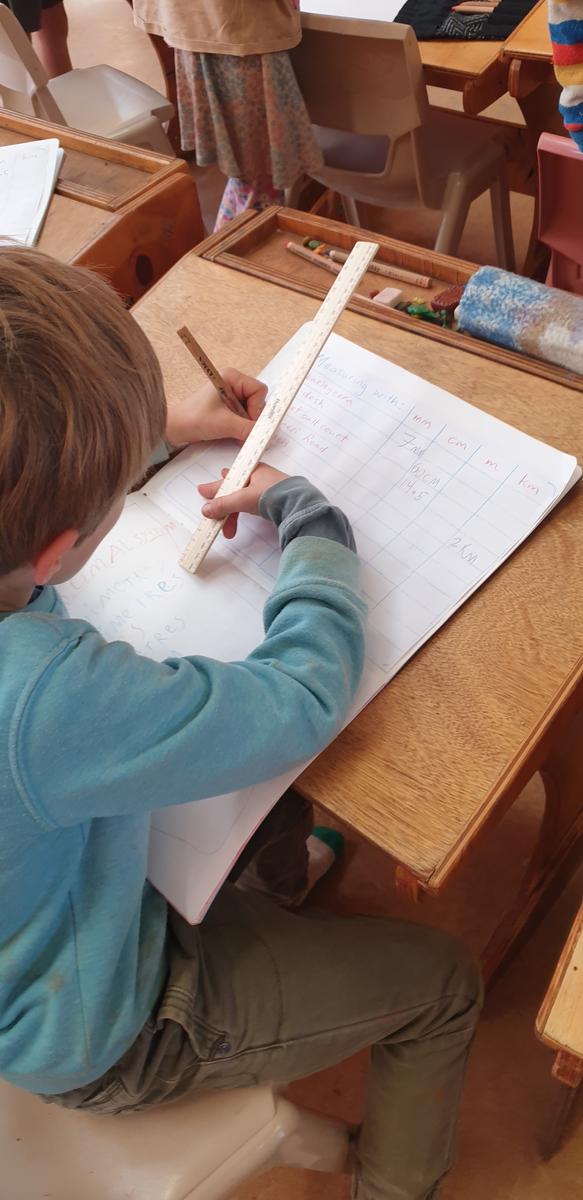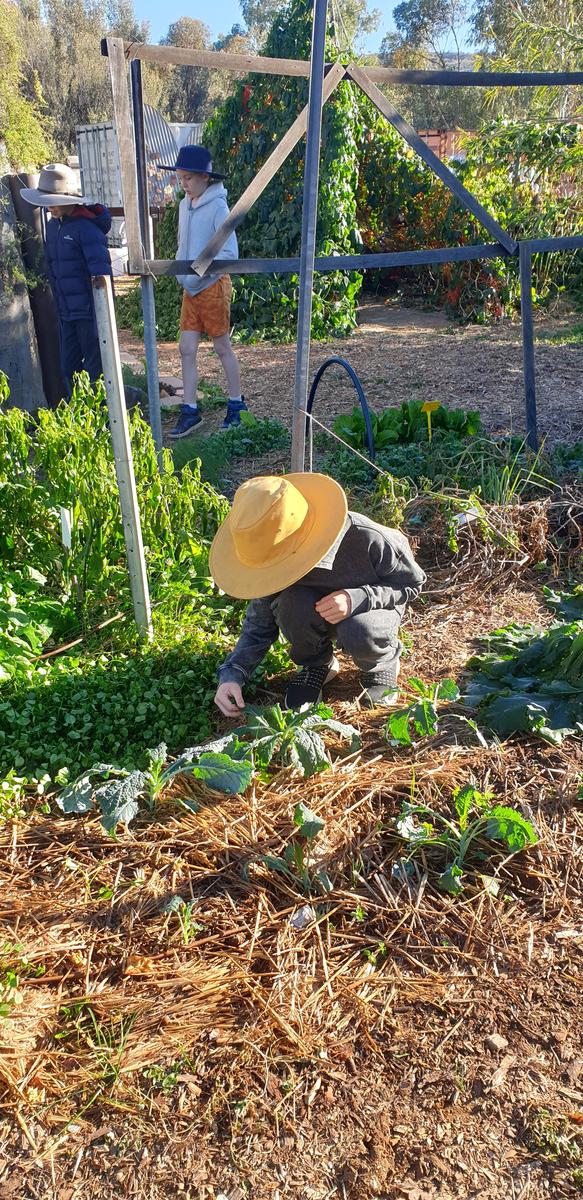Class 3 News
MEGAN HATTON

Class 3 News
MEGAN HATTON
Let my life be measured
Not in years nor days
But by the LENGTH of my endeavours
The WEIGHT of my deeds
The CAPACITY of my love
And the VALUE of my service to others
One way of connecting with the surrounding world in a very concrete and tangible way is through measuring it. Firstly through bodily measurements and then through various standardized measurements, the Class 3 child begins to connect more consciously with themselves and their world. They slowly attempt to objectify and quantify their very subjective experience of the world. In so doing they further their quest to gain knowledge of their world. Through the experience of old Egyptian, Roman and English systems of measurement, they use their feet, hands, arms, legs and body to measure distance. Their sense of balance and equilibrium give them the possibility to feel the weight of things in the world. Then, moving from mouthfuls and handfuls to various containers and vessels, they are able to explore capacity. It is only at the end of this Main Lesson that the very abstract metric system of measure is finally introduced. These measures, although conveniently based on 10, have not evolved from any tangible body measure but have been derived from very abstract earth measures.
This Topic links well with the others for Class 3 – it relates to Building and as such it can link to when the children come to the measuring necessary for their building project and the plans. It also links to stories of Israel in Egypt. When Moses grew up among the Egyptians and learned their wisdom, they had much to teach by way of measuring their world. The stature, cubit, span, palm and digit provide a wonderful means of connecting with the wisdom of numbers as expressed in the bodily proportions of the human being. Other Systems of measurement such as the Roman and English Imperial System also provide a very human possibility to explore the story of measuring not only distance, but weight and capacity. With the development of building and trading the need for standardized systems of measure evolves.
The children experience a practical way of measuring themselves against life. It is a process of awakening to the world. This ability to objectify and quantify allows working together in community and cooperation in the economic sphere.
The experience of weighing brings about a very different mood to that of measuring distance, which involves really looking out into the world and moving through space with our bodies (stepping, pacing, spanning, stretching etc.) Weighing is a much more inward experience – it needs to be felt – we feel an object’s weight – we can even close our eyes to do this. Capacity, on the other hand involves us both going out and coming back in – how can we measure our holding or containing an amount. It is interesting to reflect upon how different types of bodily measurement engage us in our world and connect us (through our senses) to this world in very different ways. Once we remove ourselves, however and depend solely upon instruments to measure, our connection is severed. It is only through an ability to find our own measure and to estimate that we retain our connection. (Pilko, 2009 cit SEA Curriculum Frameworks)
Megan x
